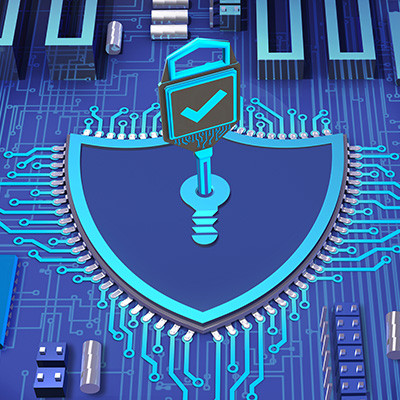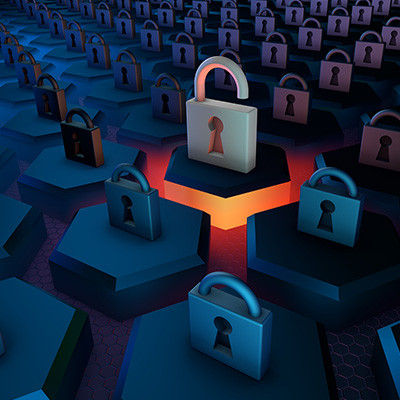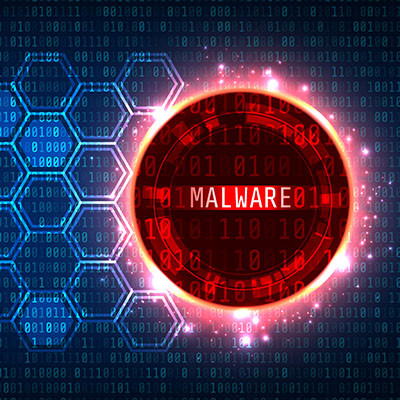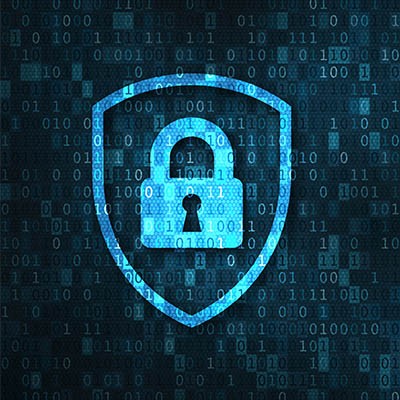One of the most effective ways to reduce cyber risks is through comprehensive employee cybersecurity training. You protect your organization by ensuring that your workforce has the knowledge and skills needed to identify and thwart potential threats. Here are five essential considerations for implementing successful employee cybersecurity training programs.
Accucom Blog
With the holiday season upon us and online shopping surging, instances of scams targeting the popular e-commerce platform Amazon have become increasingly common. The majority of these scams involve impersonation tactics, posing a significant threat to unsuspecting users. With the festive season underway, it's crucial to be aware of the types of Amazon scams prevalent and take measures to avoid falling victim to them.
Cyberattacks are horrifically dangerous to any business, especially for small ones that might not have the resources to protect themselves with top-dollar solutions or preventative solutions to bounce back afterward. Today, we want to explore what really causes cyberattacks and how even slight changes to behaviors and situations can be indicative of danger.
A modern network, when properly configured and protected with modern cybersecurity tools, can be extremely secure. Since that’s been the trend for some organizations over the years, hackers have been looking for ways around the security many businesses have in place. If hackers can’t break in through normal means, they will turn to other, more insidious methods, like phishing attacks, to get what they are after.
In our blog, we talk about security and data breaches all the time. We tell you how you can take efforts to avoid them and how to prepare your organization for the inevitability of being exposed to them. With all that security talk, we should briefly describe the difference between a security breach and a data breach, because they are two different things that get lumped together quite a bit.
Cybercrime is up, way up. This is problematic for businesses in general, but can be a really serious issue for those companies that don’t have security measures in place that can thwart potential attacks. Today, we’ll talk briefly about how big of a problem cybercrime is and some steps your business can take to keep from becoming a statistic.
When it comes to mobile devices, you have a fine line to tread with security. On one hand, you want to make sure your devices are protected properly from all manners of threats. On the other, you need to balance this with productivity, and ensuring that your employees don’t feel overly restricted by your policies. To help you implement appropriate mobile device security practices, we’ve put together three of the top issues you should plan for and how you can address them.
Millions of people find themselves sitting in front of a computer moving files around and corresponding with people over the phone, through email, or updating info in the company’s line of business app. What many of them don’t know, however, is that, at any time, they are only a couple of clicks away from causing major problems for their company. Therefore, it is extremely important to train your staff on what to look for and how to address those situations when they do arise.
Cybercrime is often thought of as a loner’s game. There is this misconception that all hacks are carried out by hoodie-clad people in dark corners of a room. Nothing could be further from the truth. Today, we will take a brief look at organized cybercrime and why its growth is an ominous sign for businesses.
Google Chrome is a widely used and popular web browser, and because of its popularity, it is a common target for hackers. A recent study showcases how there are more zero-day threats being discovered for Google Chrome, but don’t despair; it might not be a bad thing for your favorite web browser. Instead, it could signify exactly the opposite.
It’s often difficult to figure out who and what you should trust with your business’ cybersecurity. How can you know for sure that each individual accessing your infrastructure is secured from threats? A zero-trust model can help by providing reassurance that everyone accessing your network is who they say they are.
If your business struggles with network security, you’re not alone. It’s one of the most challenging parts of running a business, and even if you do invest a ton of time, effort, and money into your security systems, chances are you could still be doing at least something better. Today, we want to talk about three ways you can improve your company’s security without completely draining your bank account.
Despite most security professionals advocating against making ransomware payments, according to a study by Mimecast titled “The State of Ransomware Readiness,” the United States has the highest average payment for ransomware out of the entire world at more than $6 million per victim. This number is shockingly high, as is the amount of people who are still paying the ransom.
Right now, a lot of people have had a lot more time on their hands than they typically would, so many of them are spending a lot of time on the assorted streaming services to entertain themselves. Unfortunately, cybercriminals have taken note. In light of all this, it seems like an apt time to discuss a particular threat known as credential stuffing.
Since 2008, Verizon has released an annual report that details the cybersecurity incident trends from the beginning of the year. As usual, this year’s edition provided some insights into the patterns witnessed in 2019, hopefully giving us a greater appreciation for how cybercriminals are shaping their attacks. Let’s go over some of the trends that the Verizon Business 2020 Data Breach Investigations Report (DBIR) revealed to us.
We spend a lot of time on this blog discussing cybersecurity. Understanding the effects of full-scale cybersecurity attacks is useful, but will only motivate a person or business to do things that will work to keep their network secure. The problem is that when it comes to public computing resources, there isn’t enough being done.
The way a business handles its network security typically defines what kind of problems come from their use of information systems. As a result, cybersecurity has become a major part of any forward-thinking organization’s IT strategy and has become a multi-hundred-billion dollar a year industry. Of course, it wasn’t always such a huge problem. The history of cybersecurity doesn’t go back very far, but since it has such a major impact, we thought it would be interesting to go back a couple decades and look at the brief history of the practice.























